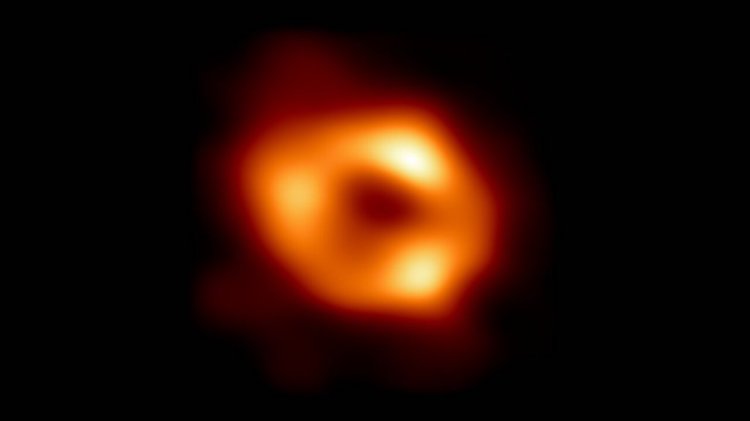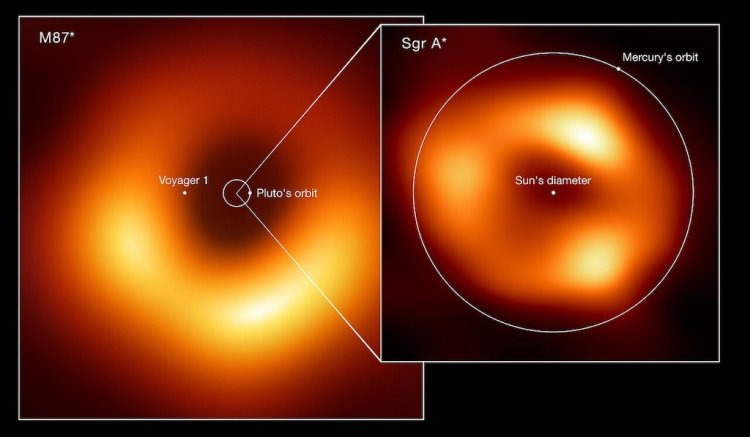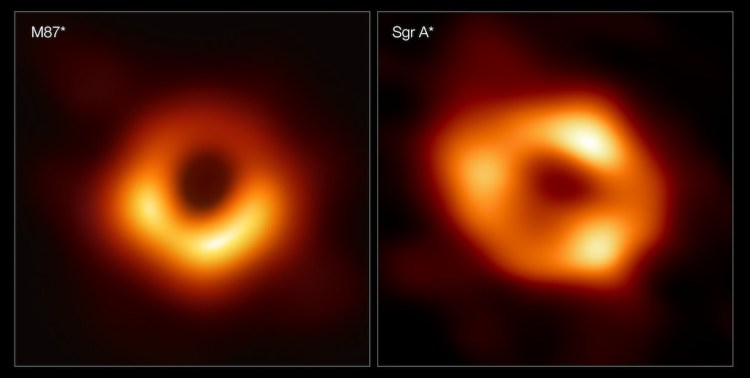How Astronomers Captured Images of the Supermassive Black Hole At the Center of Our Milky Way
Derek Muller of Veritasium explains how astronomers working with the Event Horizon Telescope Collaboration were able to capture such amazing shots of Sagittarius A*, the supermassive black hole that sits at the center of the Milky Way. This is only the second image ever taken of a black hole, the first was of M87 in 2019.
This is a picture of the supermassive black hole at the center of our Milky Way galaxy known as Sagittarius A*. The black hole itself doesn't emit light so what we're seeing is the hot plasma swirling around it. This is only the second picture of a black hole ever. It was taken by the Event Horizon Telescope collaboration...
Muller talks about the distance of both black holes and the challenges behind capturing a true image of something so far from Earth.
...how did they make these images of black holes? Well, the first thing to know is they weren't made with visible light. They were made using radio waves with a wavelength of 1.3 millimeters. So all the observations were taken by radio telescopes which essentially look like huge satellite dishes. ... A radio telescope works by scanning back and forth across the sky.
Event Horizon Telescope announced the discovery on May 12, 2022.
Astronomers have unveiled the first image of the supermassive black hole at the centre of our own Milky Way galaxy. This result provides overwhelming evidence that the object is indeed a black hole and yields valuable clues about the workings of such giants, which are thought to reside at the centre of most galaxies. The image was produced by a global research team called the Event Horizon Telescope (EHT) Collaboration, using observations from a worldwide network of radio telescopes.
Here are some more pictures and videos of this incredible discovery.



images via ESO Science Release